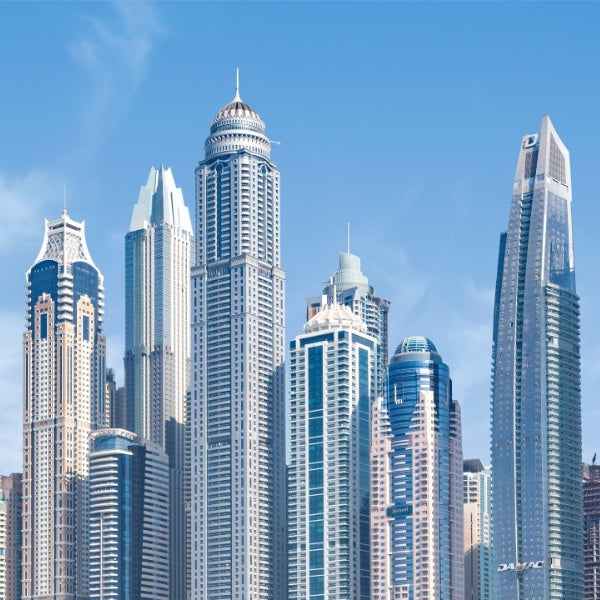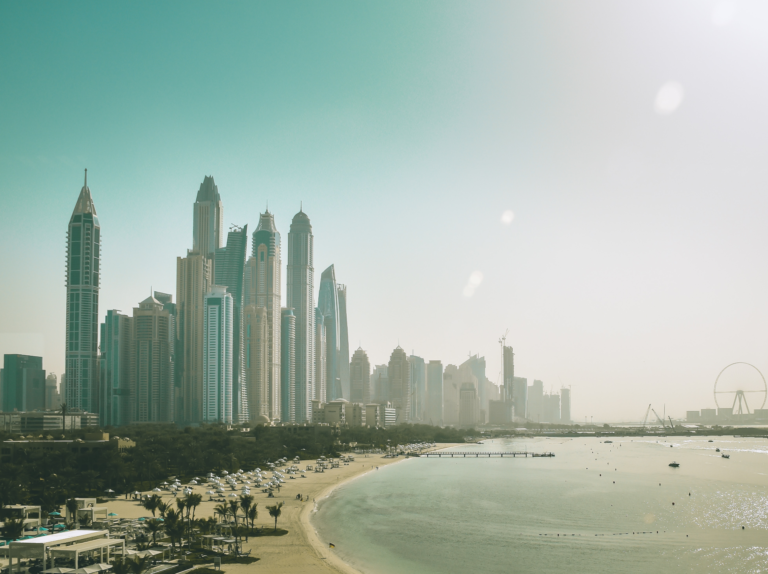The real estate market in Dubai once again achieved impressive growth in the second quarter of 2025. But behind the impressive figures, the first signs of a market slowdown are emerging - particularly in the ready segment and luxury real estate. What has changed compared to the strong Q1? Where are the opportunities - and where are the risks?
Record sales - but with a differentiated view
With a total transaction value of around AED184.3 billion, Q22025exceeded the already strong first quarter by almost 29%. At the same time, new highs were also reached in terms of volume with over 53,000 transactions. These figures demonstrate the continuing high level of momentum in the market.
The high proportion of off-plan transactions, which accounted for almost two thirds of the total market volume, is particularly striking. This begs the question: How sustainable is this development?
Off-plan dominates - ready stagnates
At over AED122billion, off-plan projects recorded the highest quarterly value ever measured. Developers are currently launching new projects on a weekly basis - from ultra-luxury to budget-oriented units.
In contrast, the market for existing properties (ready) was much more subdued. Although the volume increased here too - to around AED61.5 billion - the momentum slowed. Compared to Q1, it is clear that many buyers are increasingly speculating on short-term price increases for off-plan properties, while the traditional secondary market is increasingly losing ground.
Prices continue to rise - with initial signs of a slowdown
Prices in Dubai continued to rise in Q2 - albeit with a much flatter curve than at the start of the year:
Apartments: +6.1% QoQ, +19.1% YoY
Villas: +3.5% QoQ, +28.7% YoY
Striking: While premium locations remain in demand for villas in particular, the first signs of price consolidation are emerging for average detached houses. Increasing price elasticity can also be observed for apartments outside the core locations.
Increasing supply meets growing risk
The exponential growth in supply remains a key issue. Around 73,000 new units are expected by 2025 - with the aim of bringing over 300,000units onto the market by 2028.
This pipeline raises questions:
Can demand and purchasing power keep pace with supply?
How many projects will be realized - and absorbed - on time?
Is there a risk of overhang in certain segments from H2 2025?
Conclusion: the boom is real - the balance will be crucial
Q22025once again confirms the enormous appeal of the Dubai real estate market. Record numbers of transactions, high demand in the off-plan segment and continued interest in the luxury segment characterize the picture.
However, differentiation is increasing: while some locations and segments continue to boom, others are showing the first signs of weakness. Buyers and investors are well advised to take a closer look: Which projects are sustainable? Which locations are future-proof? Which prices are justified?
The second half of the year will be the acid test: if supply and demand are no longer in balance, the market could face a phase of consolidation for the first time since 2020.




